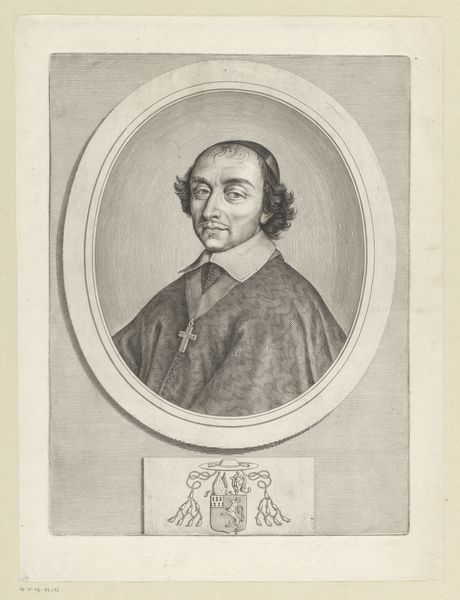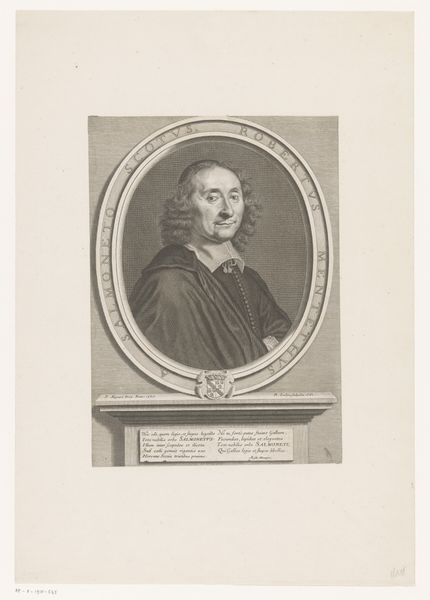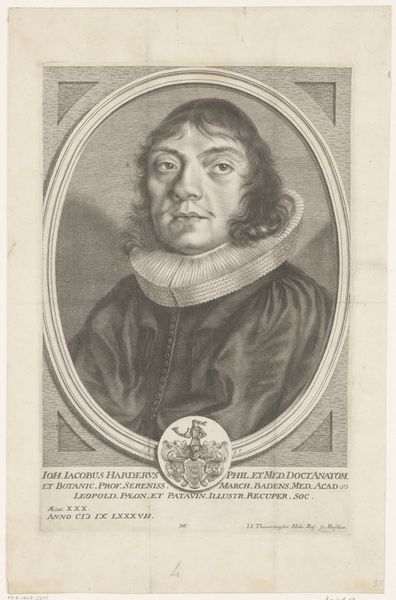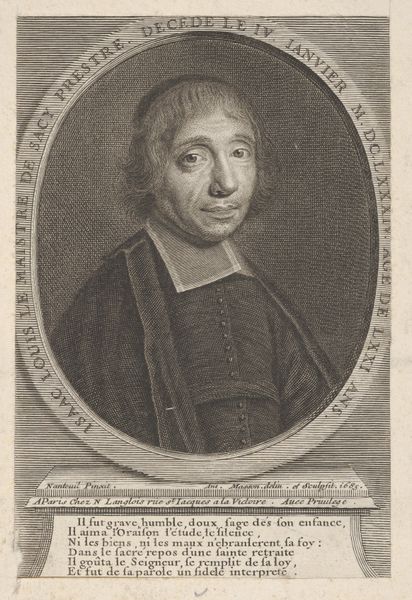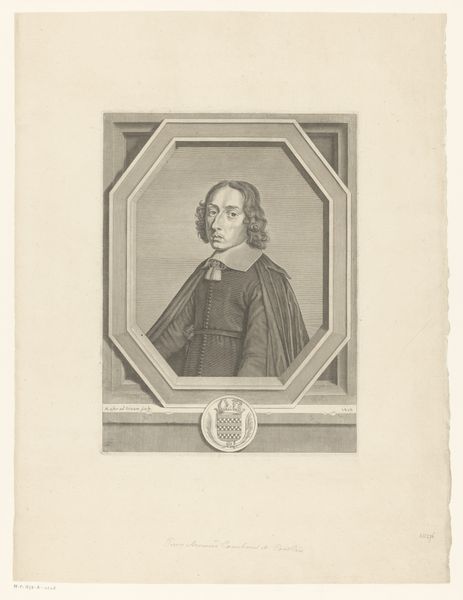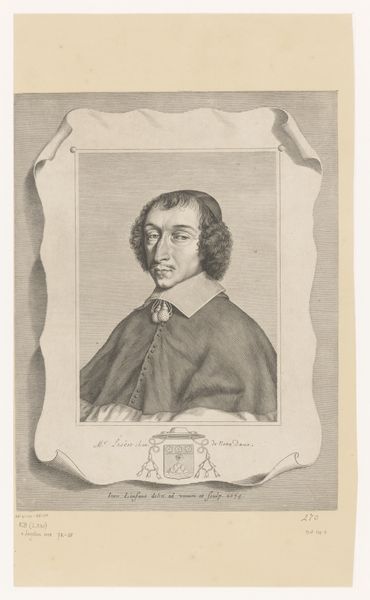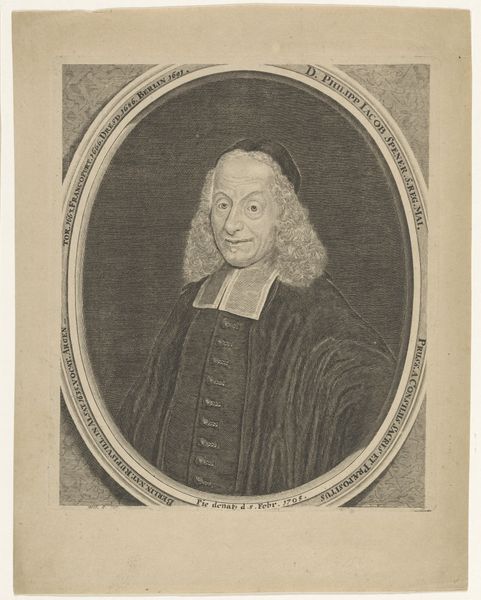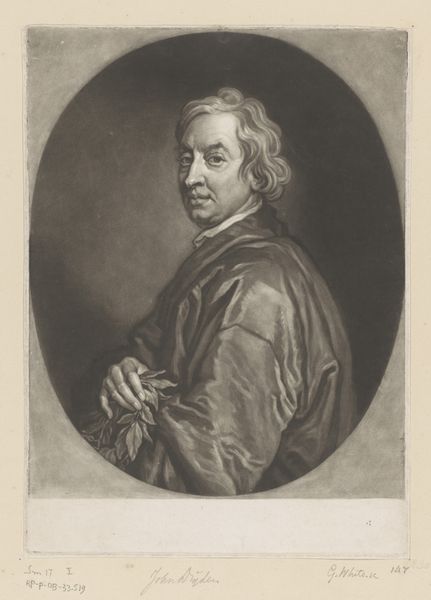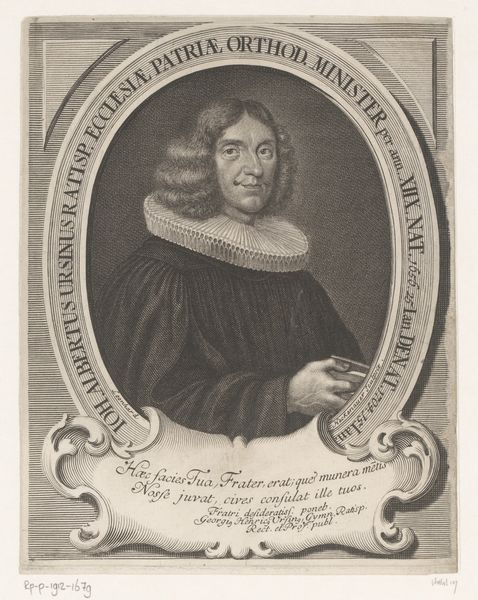
print, engraving
#
portrait
#
baroque
# print
#
old engraving style
#
portrait reference
#
line
#
portrait drawing
#
engraving
Dimensions: height 153 mm, width 117 mm
Copyright: Rijks Museum: Open Domain
Curator: Here we have Claude Mellan’s "Portrait of Nicolas de Grillié," created after 1633. It's an engraving, so a print. What catches your eye about it? Editor: Well, the detail, of course. But also the starkness. It’s almost as if the subject, Nicolas de Grillié, is being…constructed before my eyes, line by painstaking line. And it makes me think about the tools and labor involved. What was the process of transferring the artist's intention to the copperplate? Curator: Indeed. Mellan was celebrated for his incredible technique. It is said that he created the whole image using just a single line that spirals outward to create this portrait, this illusion of shadow and volume! That alone has this quality, as you suggest, of process laid bare. The gaze is quite severe. I wonder, does he capture the soul, the being, or the accoutrements and expectations surrounding his social standing as bishop? Editor: It begs the question of accessibility in art. Engravings like this, by their very nature, are reproducible, democratizing images, unlike one-off paintings commissioned only by the wealthy. And, how does the labor of an artist intertwine with social expectations? Who controlled what images circulated and who got to see them? Curator: Fascinating. When looking at it, I am compelled to see my reflection in the stark gaze and lines, this man who once lived in the world, the story that the simple line can say. Do you sense that spirituality in the art-making? It almost feels reverential... the focus needed. Editor: Reverence or production line, maybe it’s not so far apart? What appears like singular talent requires the infrastructure of workshops, materials and economy. Every line is the physical manifestation of those social relations, as well as his bishopric. Curator: Thank you. I see this work now with richer context of its own making. It offers a depth beyond just the beauty of the simple, continuous line. Editor: Likewise. Reflecting on the physical creation adds new layers of appreciation and reveals much about both art and society at the time.
Comments
No comments
Be the first to comment and join the conversation on the ultimate creative platform.

